Gardening with Kids
Gardening with kids encourages children to explore their environment, learn new skills, and develop healthy habits
For preschoolers, gardening provides a great opportunity to learn about the environment and grow their own food. It also encourages them to develop gross motor skills as they dig in the soil, scoop dirt, pull weeds, and rake leaves.
Additionally, gardening encourages children to eat healthier, as they will be more likely to try new fruits and vegetables once they have grown it themselves.
Finally, gardening can help preschoolers explore their senses. Children can feel the soil between their fingers, inhale the scent of flowers, and witness the beauty of nature.
This sensory exploration is an important way for children to understand the natural environment and learn about plants, animals, and insects.
Gardening with preschoolers is a great way to foster healthy habits and create meaningful family memories.
Parents can use this activity as an opportunity to explore nature, teach their kids new skills, and help them develop a better understanding of the environment.
When done properly, gardening can be an enjoyable experience for both parents and children.
Selecting Child-Friendly Plants
When selecting plants for children to handle and touch, it is important to choose non-toxic varieties that are safe for skin contact. It is best to avoid plants with thorns, spikes, and sharp edges since these can cause injuries.
If possible, look for plants with soft or fuzzy leaves as they tend to be more enjoyable for children to touch. There are a variety of colorful flowers, vegetables, and herbs that make great choices for kids’ gardens.
When choosing seeds or seedlings, look for varieties with short growing cycles since preschoolers may become frustrated if the plants take too long to grow.
We suggest the following:
- Sunflowers
- Marigolds
- Zinnias
- Sweet Peas
- Snapdragons
- Nasturtiums
- Chrysanthemums
- Radishes
- Corn
- Carrots
- Tomatoes
- Strawberries
Engaging Activities and Age-Appropriate Tools
When working with preschoolers, it is important to use age-appropriate tools and equipment that suit their size and dexterity.
Small spades and trowels, watering cans, gloves, magnifying lenses, shovels, and rakes are all great tools for helping kids get involved in the garden.
Gardening with Kids
Gardening with preschoolers is an enjoyable and educational way to teach children about the environment and help them develop healthy habits.
It encourages them to explore their senses and learn new skills, such as digging in the soil, scooping dirt, pulling weeds, and raking leaves.
Additionally, it encourages children to eat healthier by being more likely to try new fruits and vegetables they have grown themselves.
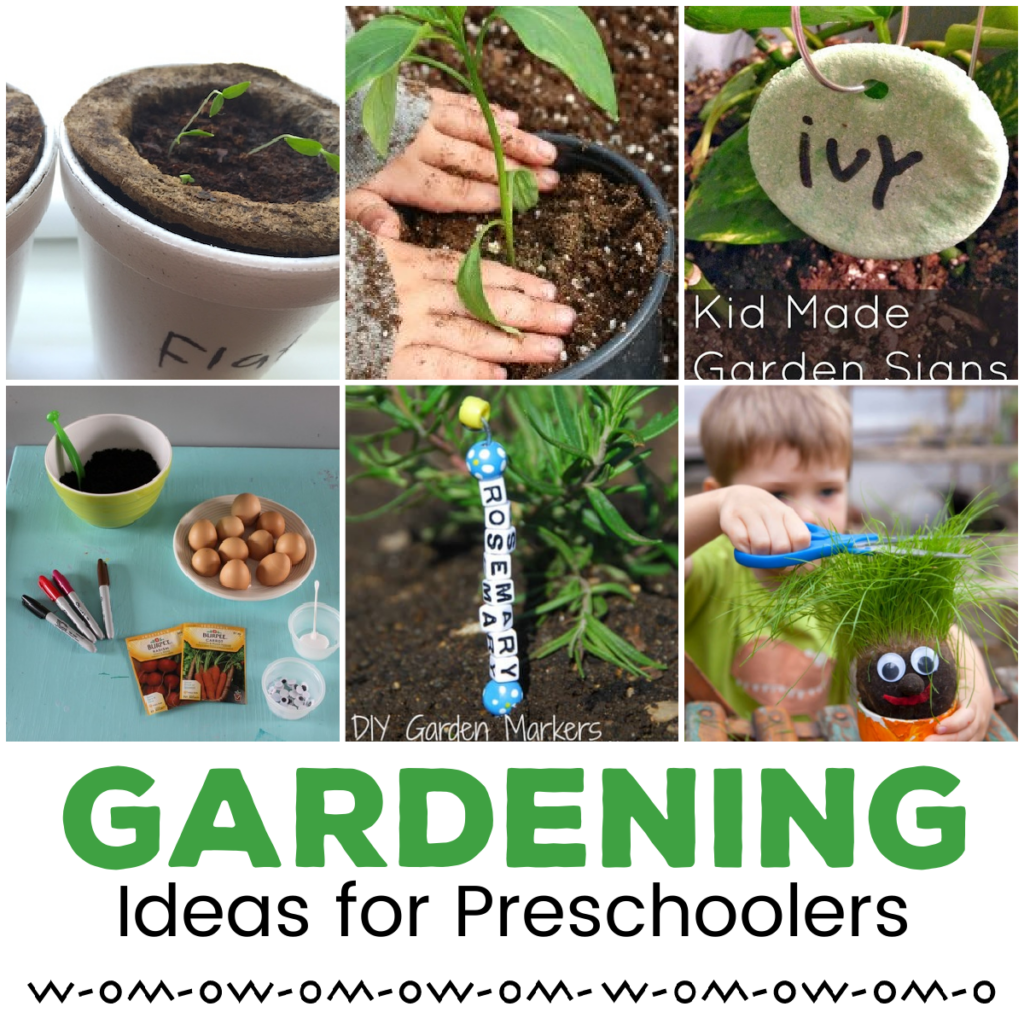
Gardening with Kids
Gardening with preschoolers is an enjoyable and educational way to teach children about the environment and help them develop healthy habits.
It encourages them to explore their senses and learn new skills, such as digging in the soil, scooping dirt, pulling weeds, and raking leaves.
Additionally, it encourages children to eat healthier by being more likely to try new fruits and vegetables they have grown themselves.
This list of the fastest growing seeds for science projects is perfect for preschool gardening.
Fast-growing seeds help keep the interest of little ones.
With Gro-ables seed pods, you and your preschoolers can start an indoor herb garden in just three easy steps!
This guide shares tips for when to plant, what to plant, fruits and veggies to grow with kids, and more!
These salt dough garden signs encourage writing practice in a fun and creative way. Kids will be excited to put these signs in their garden.
Always a hit with kids, these egg heads are super easy to make and can be planted in the garden once they’re sprouted.
I’ve never met a kid who could resist building a good fort! Summertime is prime time to build a teepee fort in your garden.
When you plant peas and beans around the perimeter of the teepee, they’ll create a natural covering for the fort as they grow!
This beautiful, kid-made sculpture will liven up your entire garden!
My daughter has been asking to make a compost bin for ages, and I’ve put it off. I find the idea daunting.
However, this compost bin is looks very doable, and I can’t wait to show it to her.
This is another springtime favorite for kids. Planting seeds and watching them grow is always fascinating.
But, when you plant fast-growing grass seeds in a pot and make a face on it, the grass becomes hair as it grows. Kids will love giving their grass heads haircuts!
Not only can you learn how to start a kid-friendly garden in three easy steps, but you can see how to make some really cute rock garden markers.
Once you’ve got your garden started, make a garden journal with your kids.
In it, they can make predictions, record data, and draw pictures of the plants they’re growing.
Garden markers don’t get any easier than these markers made from colorful beads and floral stem wire.
Even your youngest gardener can help make these markers (and work on fine motor skills at the same time.
These wooden spoon garden markers are super easy to make, and they’ll look great mixed in with your growing flowers and vegetables.
These beaded ornaments are the perfect decorations for your plants – indoor and out!
My boys loved digging up wriggly, writhing earthworms when they were preschoolers.
They would have loved building a worm farm in our garden, and our garden would have loved the nutrients worms add to the soil.
I’ve only ever sprouted dried beans in plastic bags. They’re great for showing kids the parts of a seed.
I love the idea of sprouting a variety of seeds in bags, hanging them in the window, and tracking their progress in a nature journal.
I have always wanted to build a sunflower house with my kids.
I’m going to have to reserve a space in my new yard to make one with my grandson next spring. Where would you put one?
If you’re just introducing your little ones to gardening, these are great tips for getting started.
These seed bombs would be so fun to make with your preschoolers.
They’ll have a great time tossing them in the garden and seeing what sprouts.
We planted a taco garden a few years ago. We had tomatoes, peppers, cilantro (for salsa), and lettuce. A pizza garden would be fun, too. Check out how to do both.
If you don’t have garden space outdoors, you can definitely plant veggies and herbs indoors. It’s a great way for kids to get up close and personal with plant science.
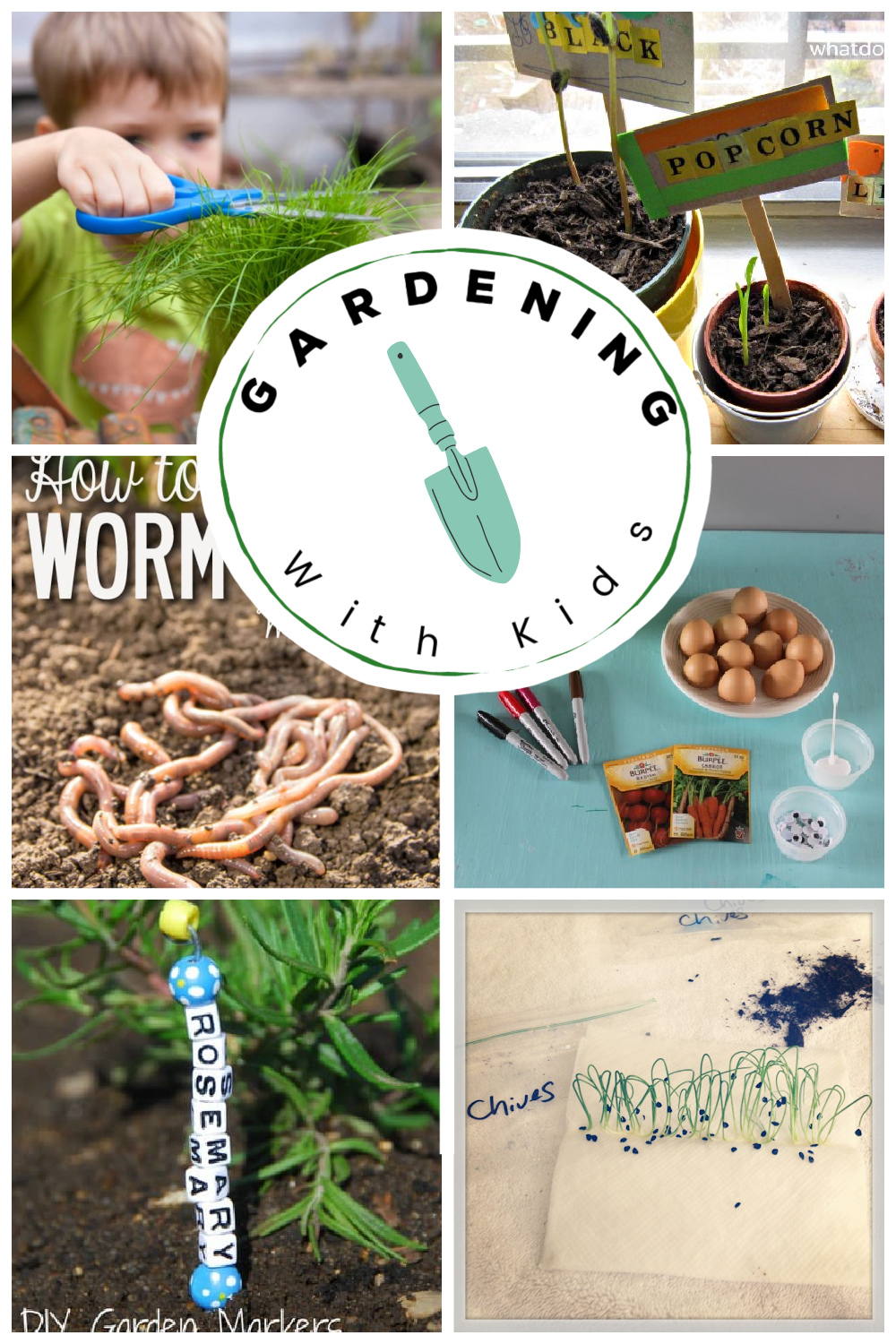
By gardening together, parents and preschoolers can create meaningful memories while learning about the environment and developing healthy habits.
Gardening is an enjoyable way to bond with your child as well as cultivate a lifelong love of nature.
With the right resources, tips, and tools, starting a garden with your preschooler will be a rewarding experience for the whole family.

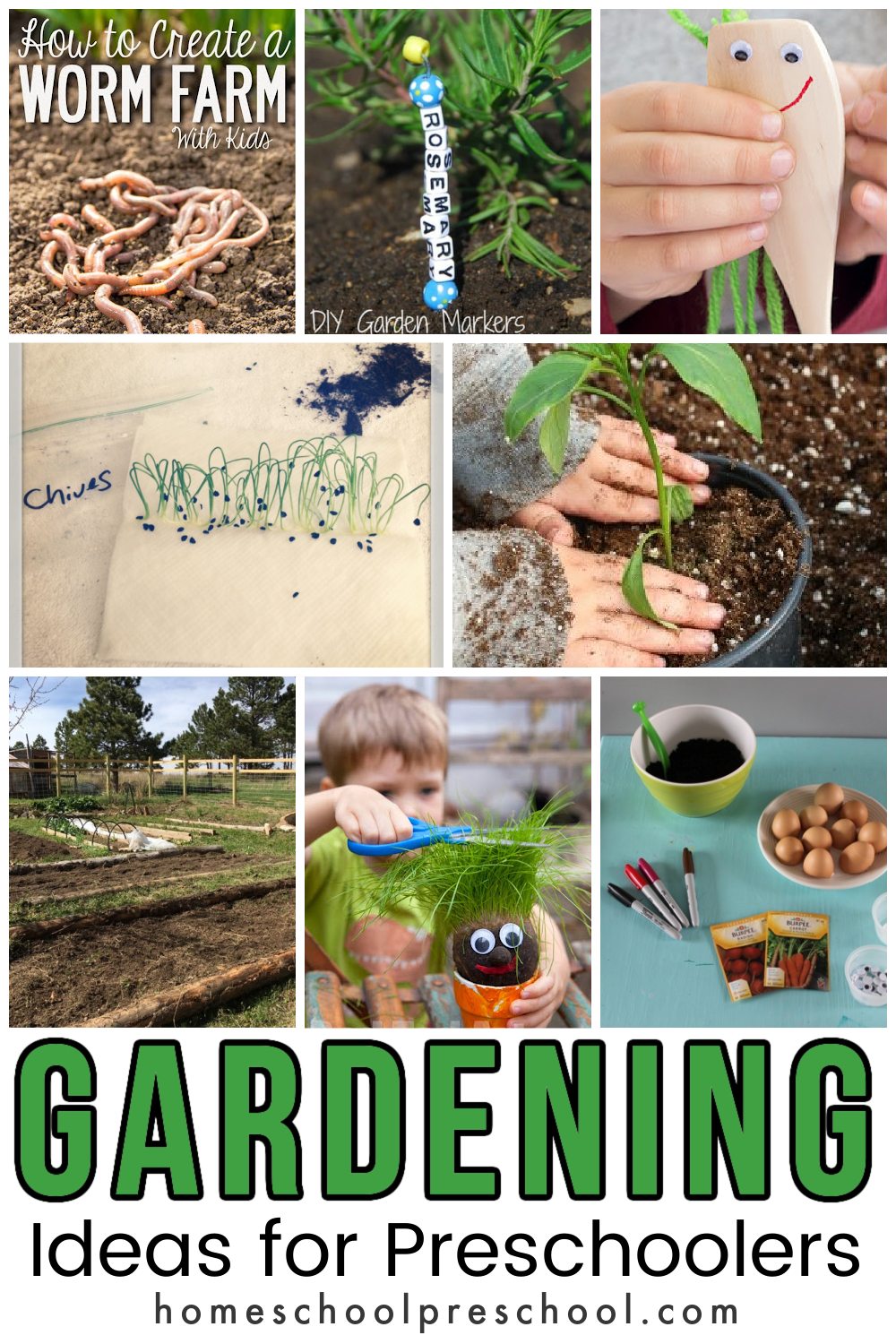
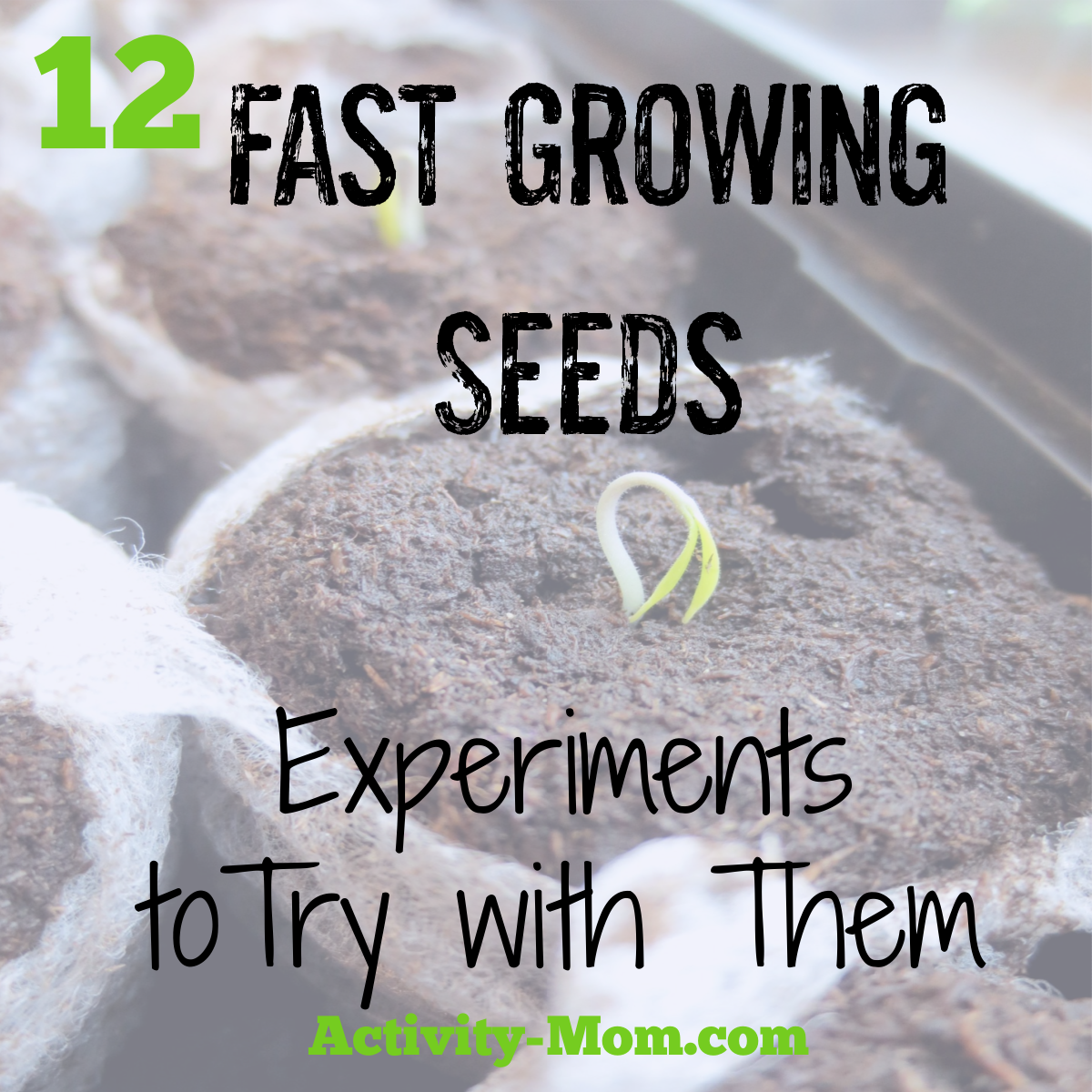
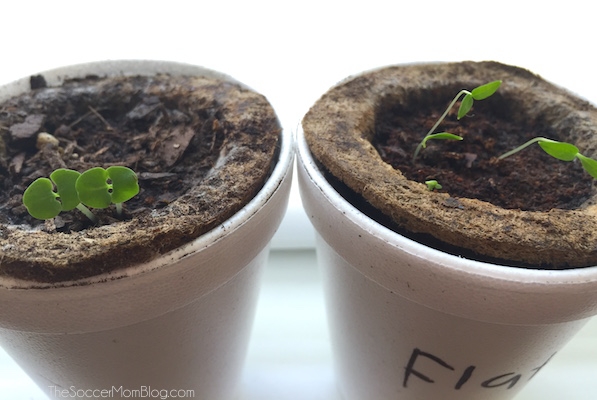
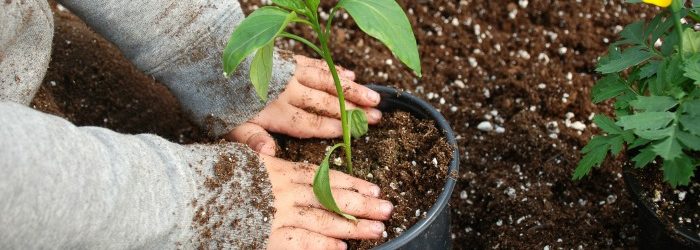
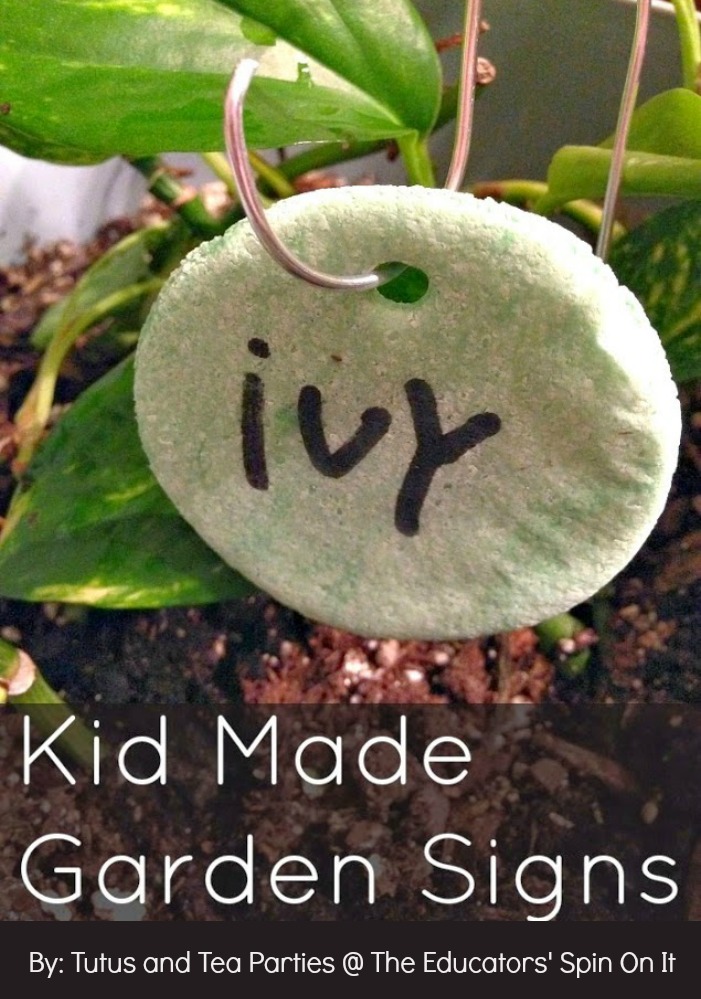
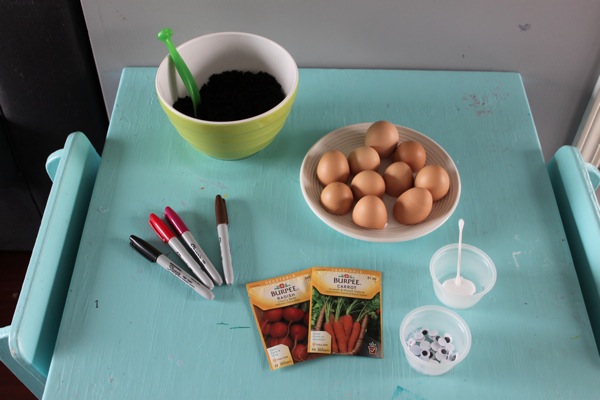
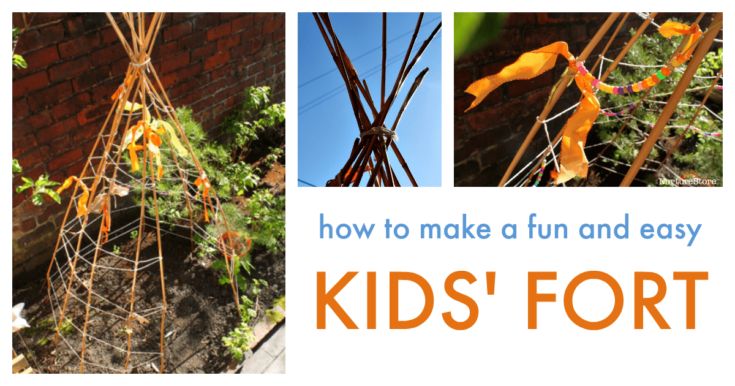
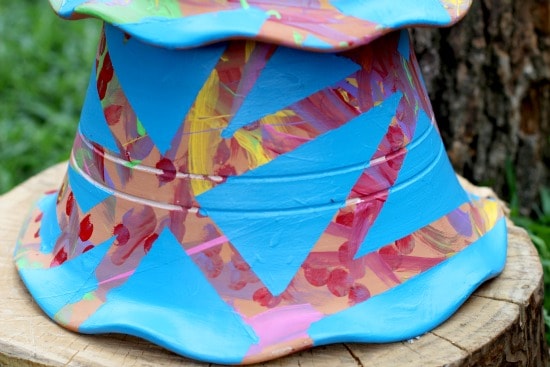
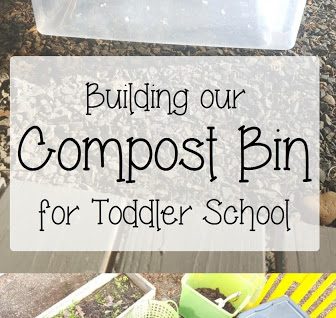
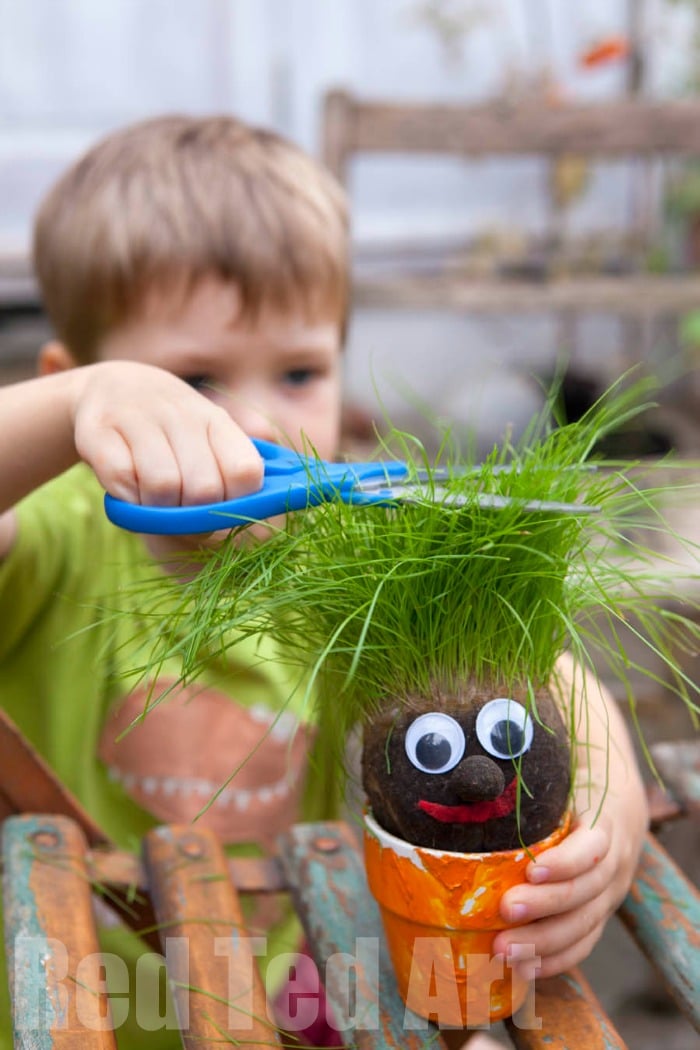
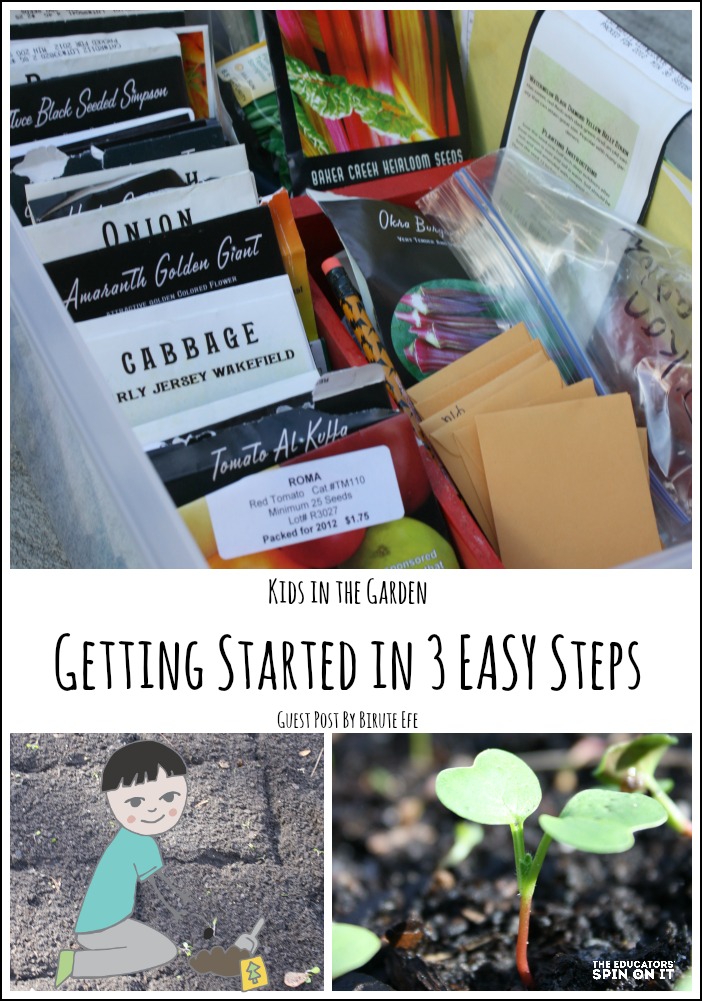

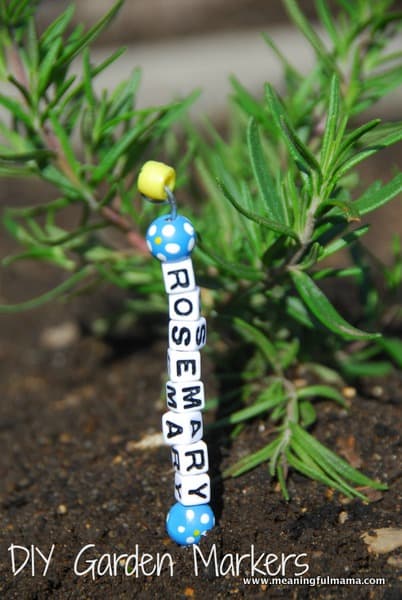
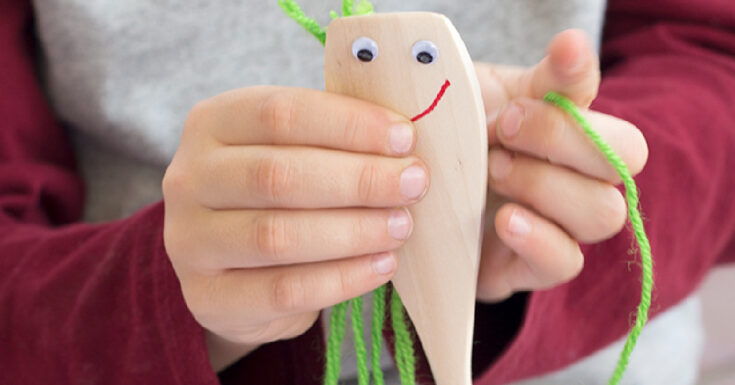
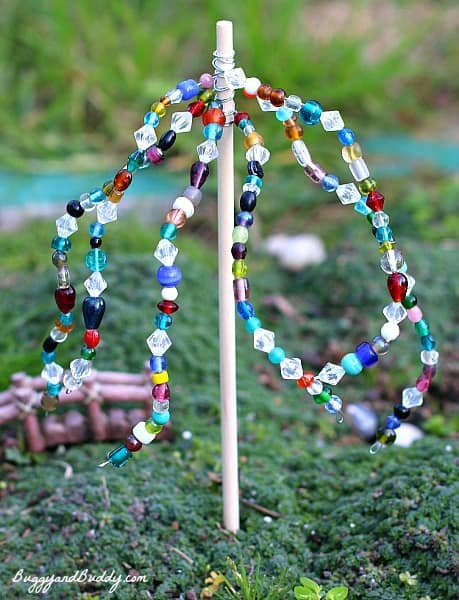
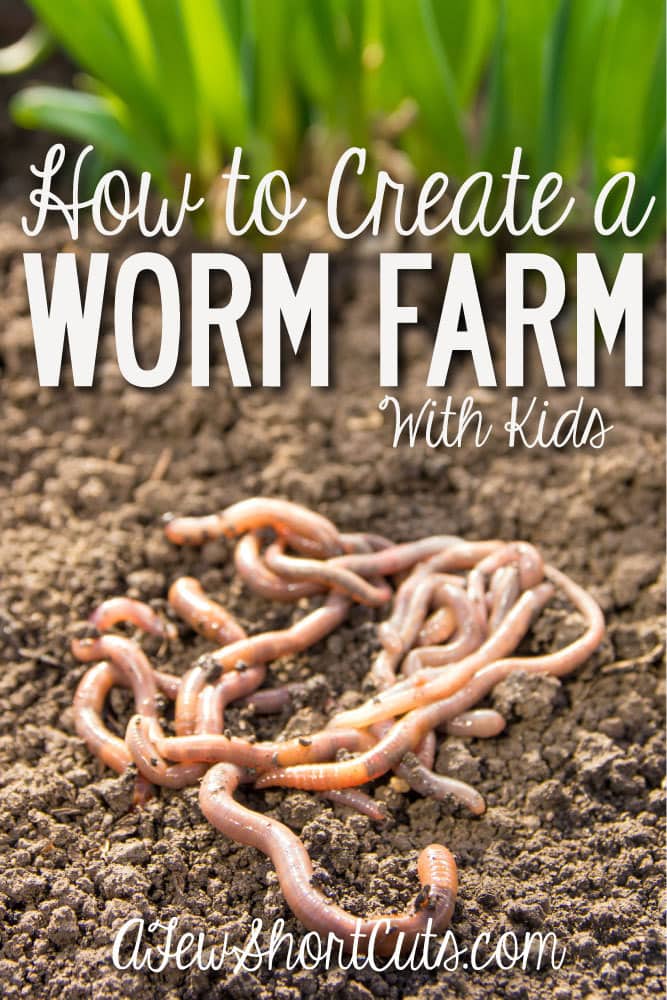
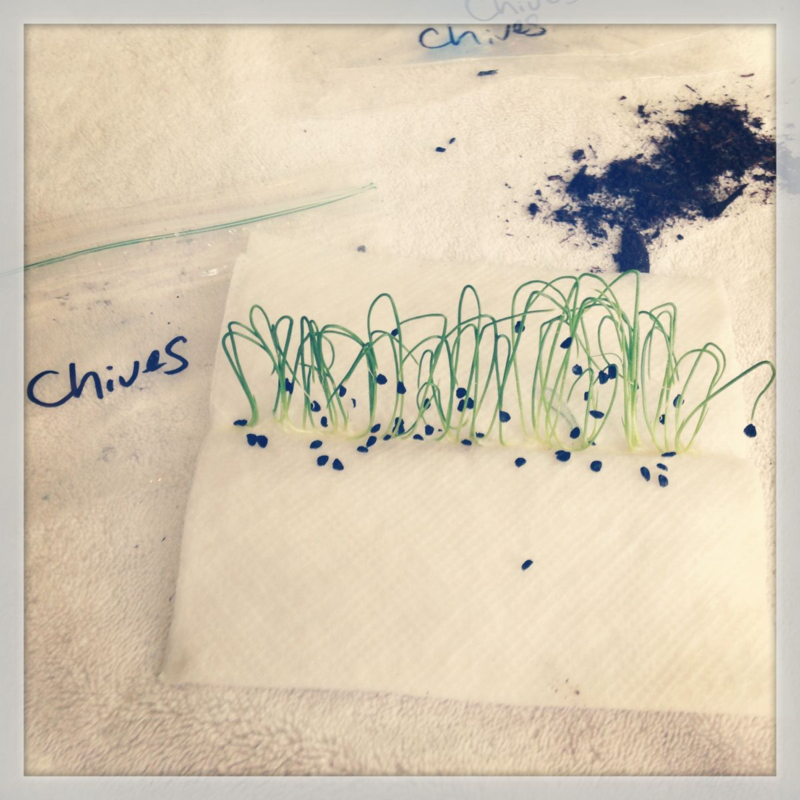
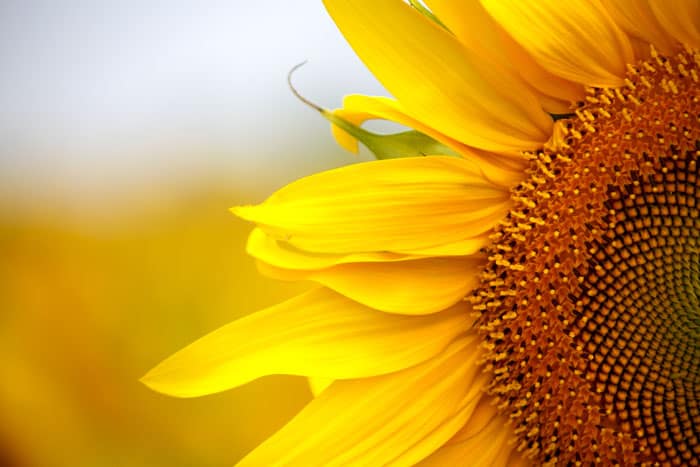

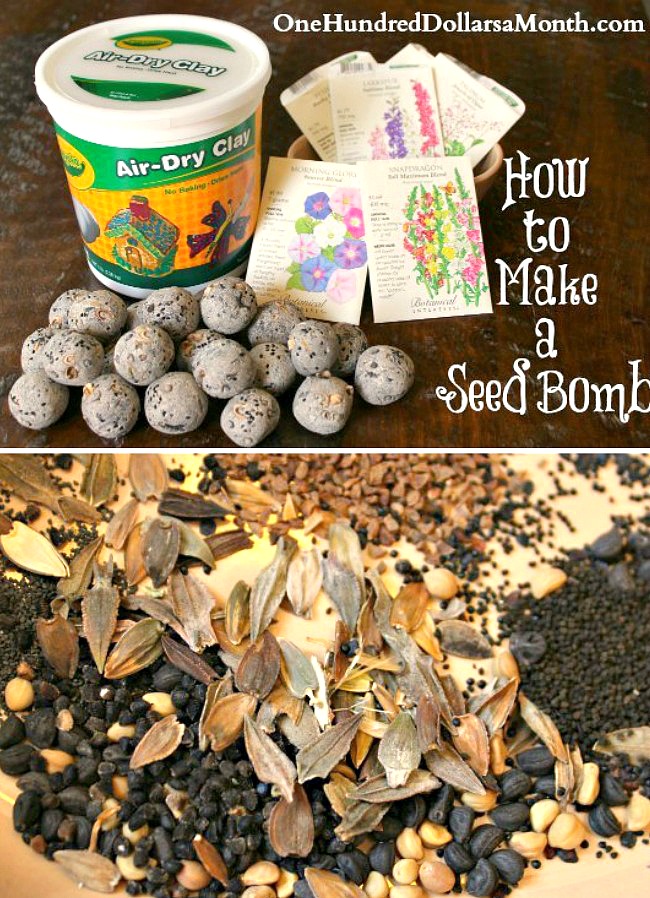
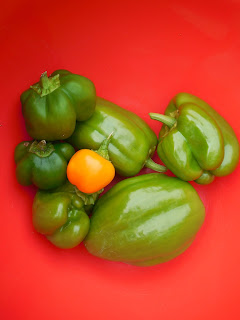
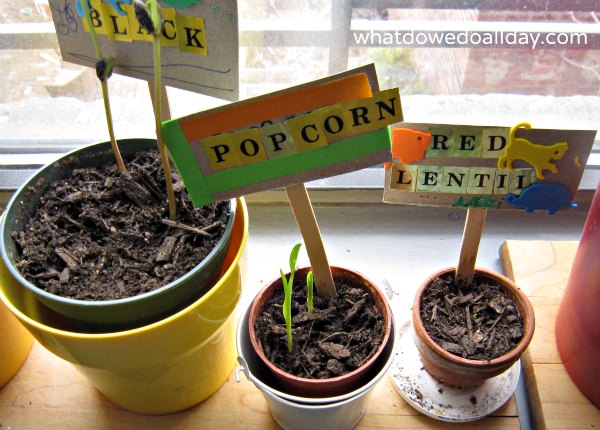
What a fantastic resource!! Thank you so much for including our Grass Heads! Off to schedule to Pinterest!